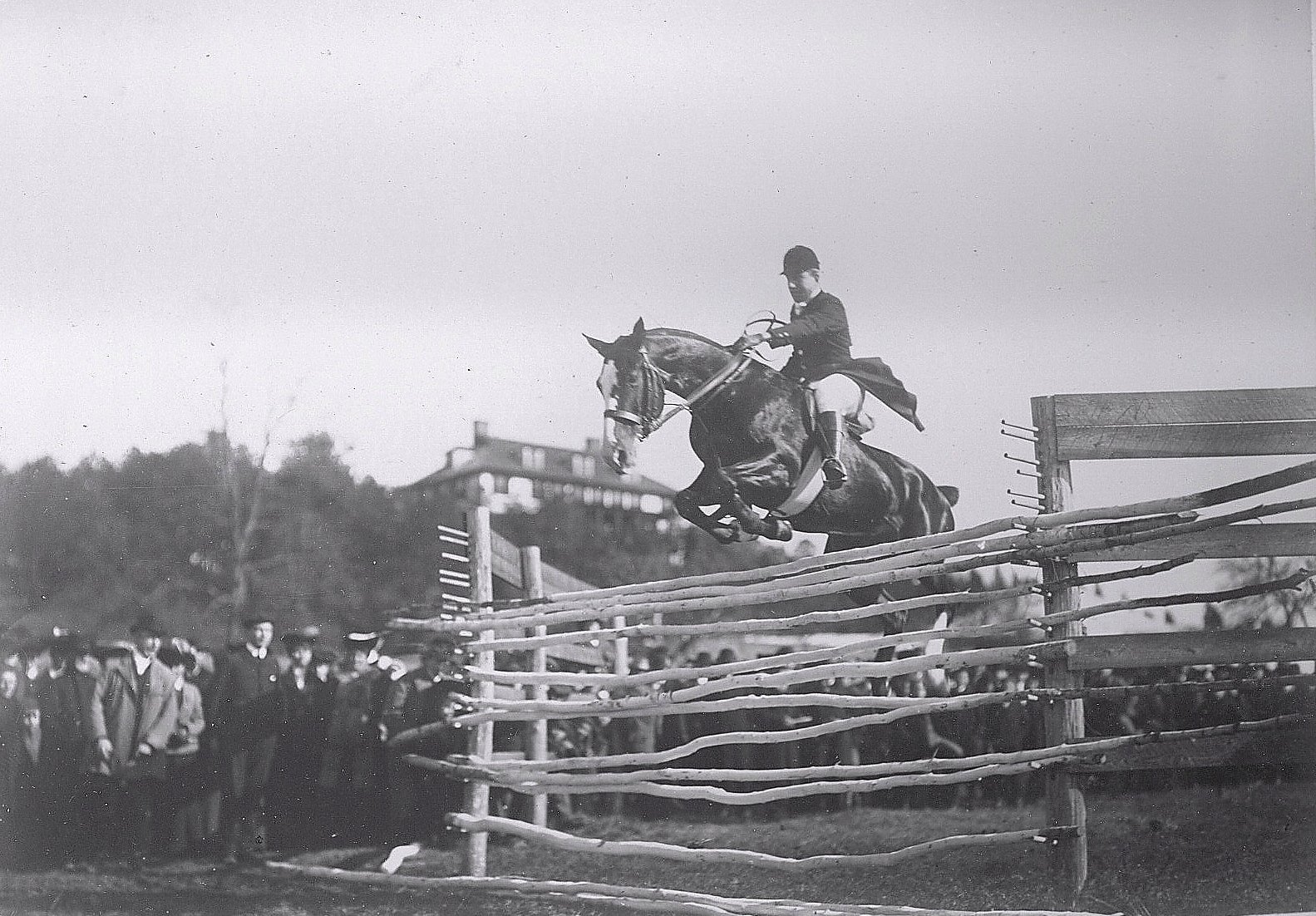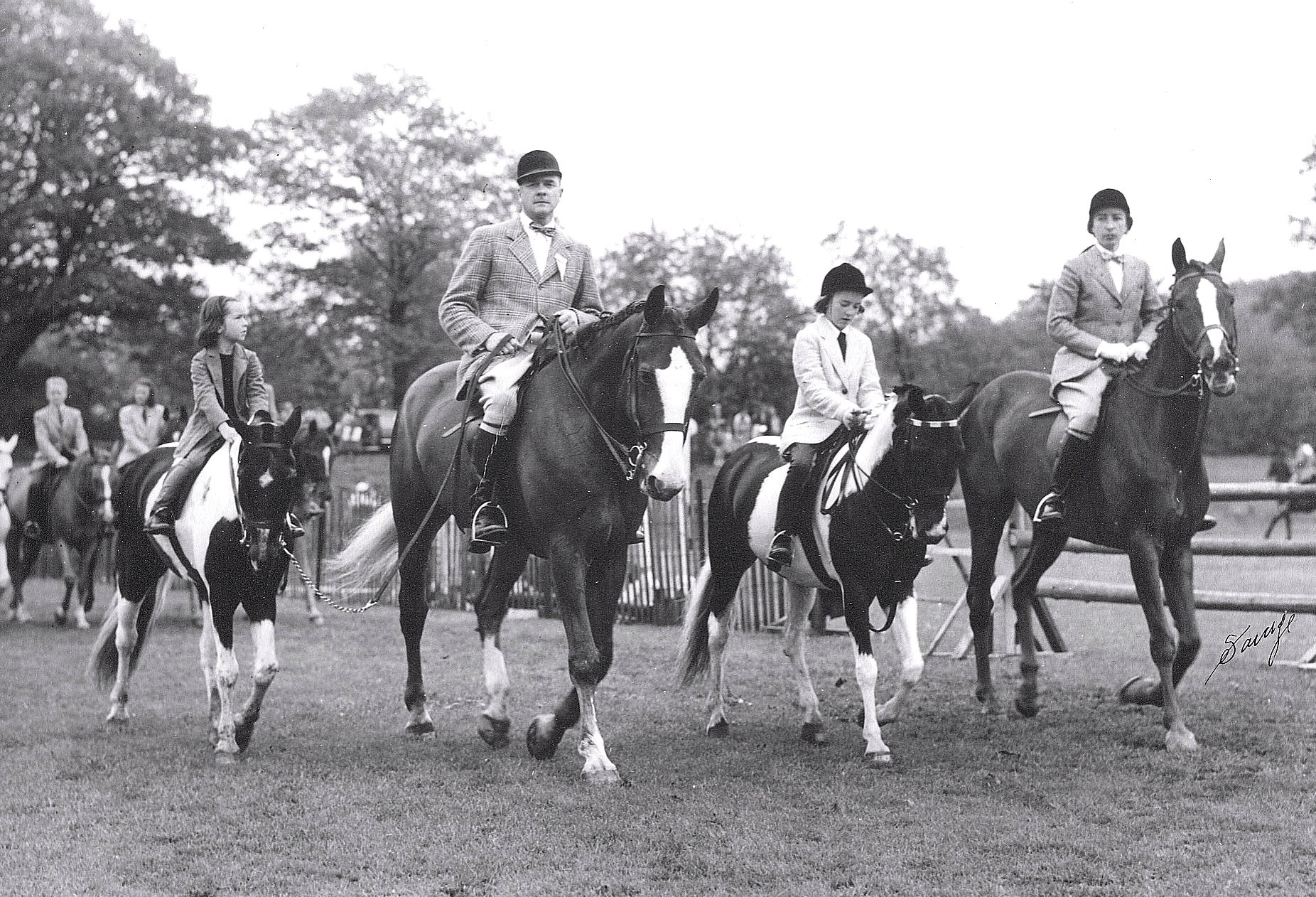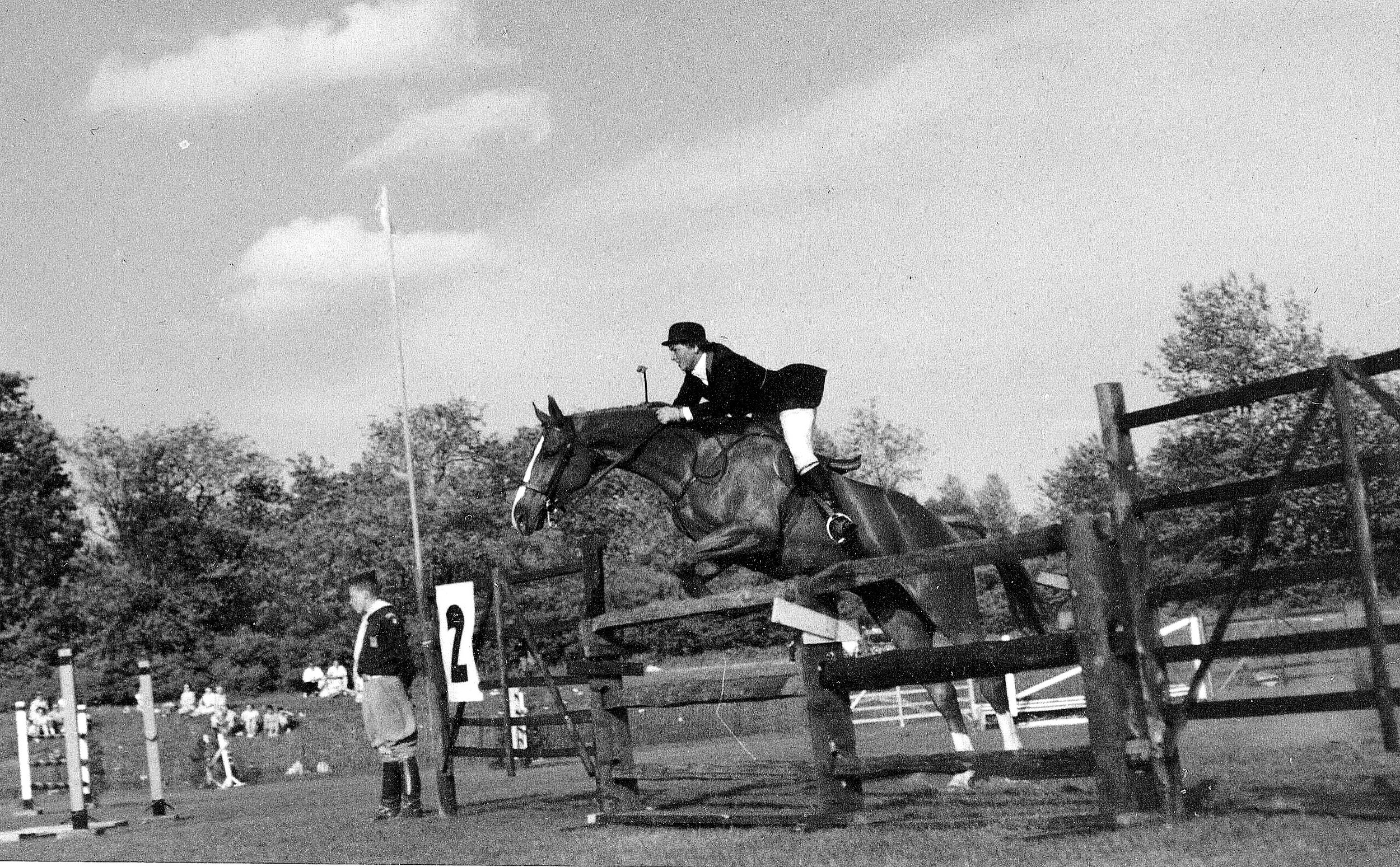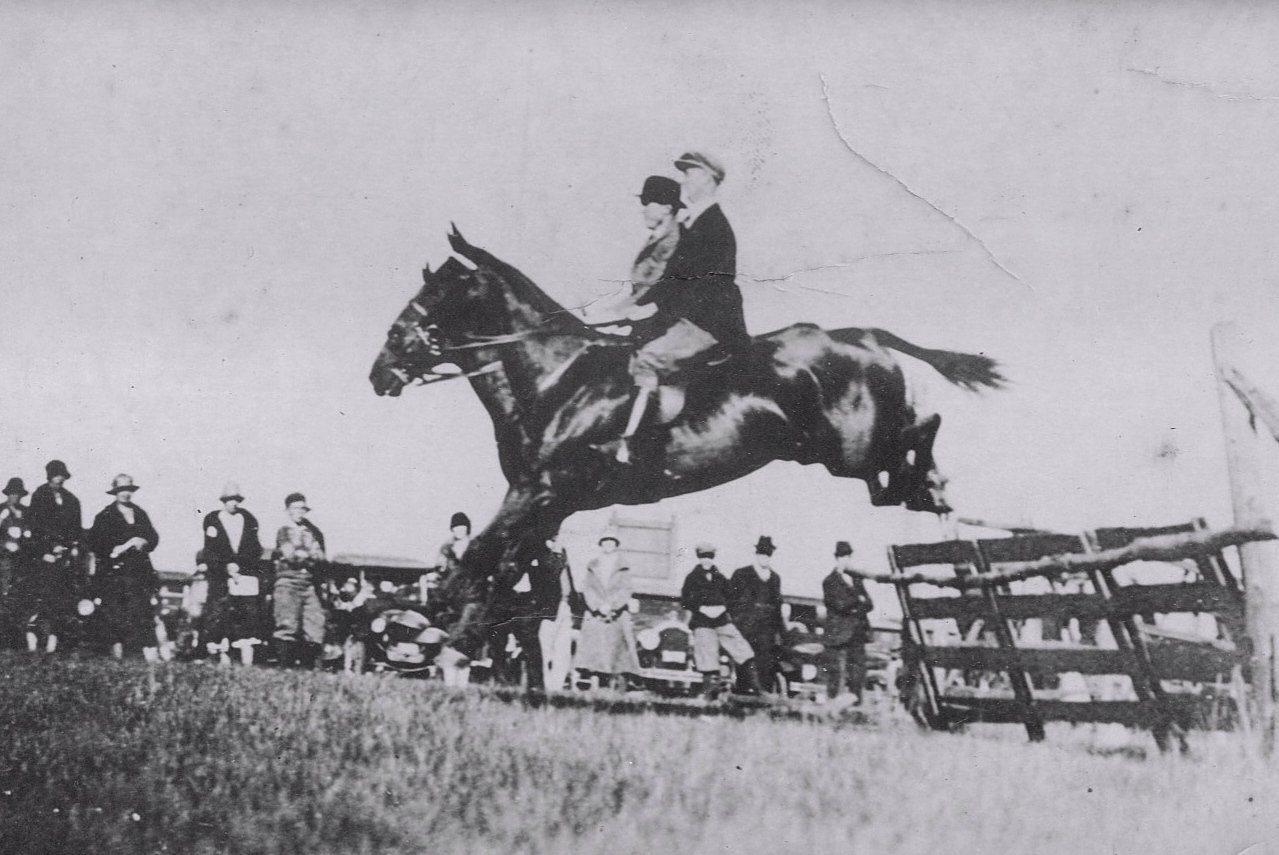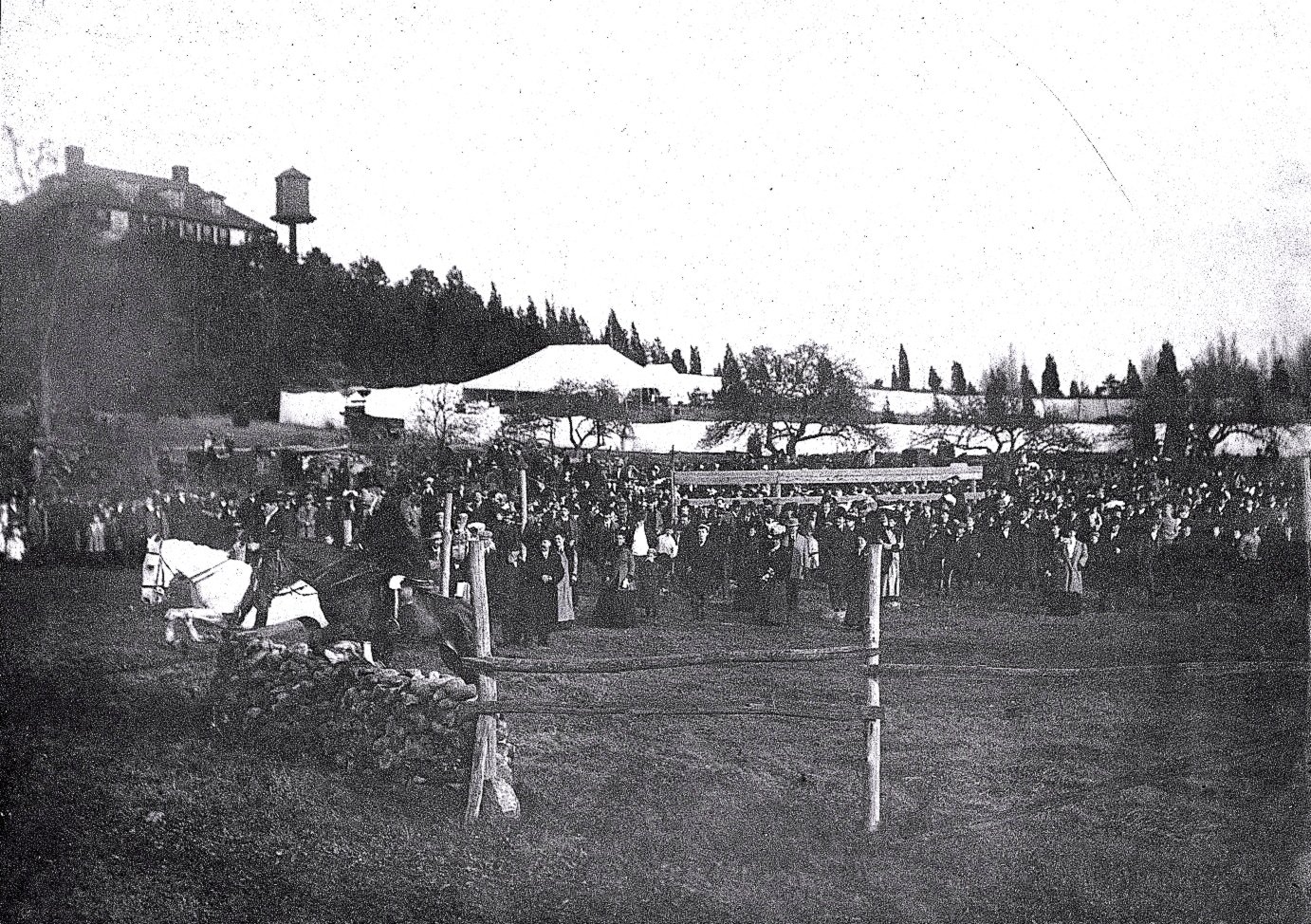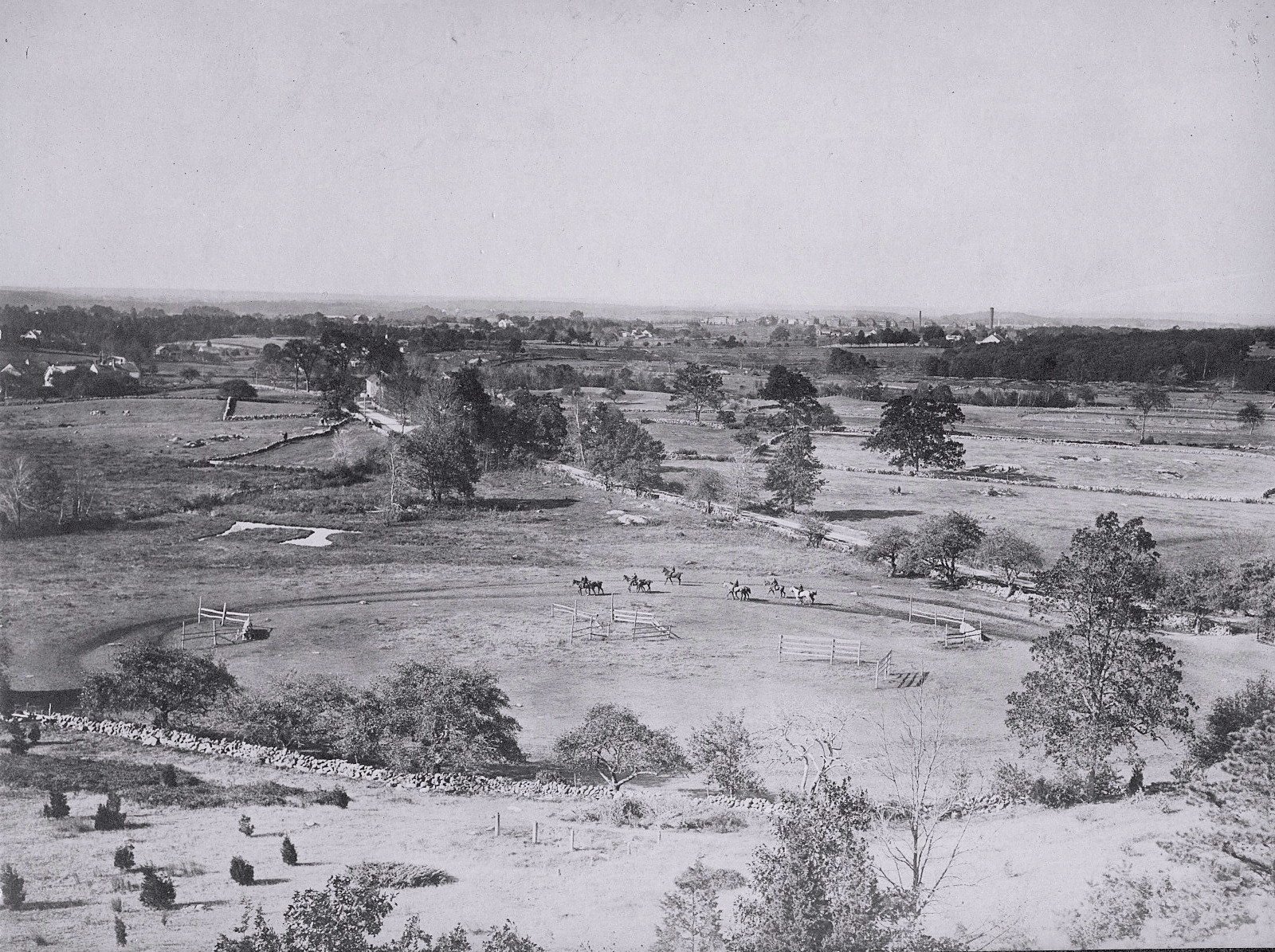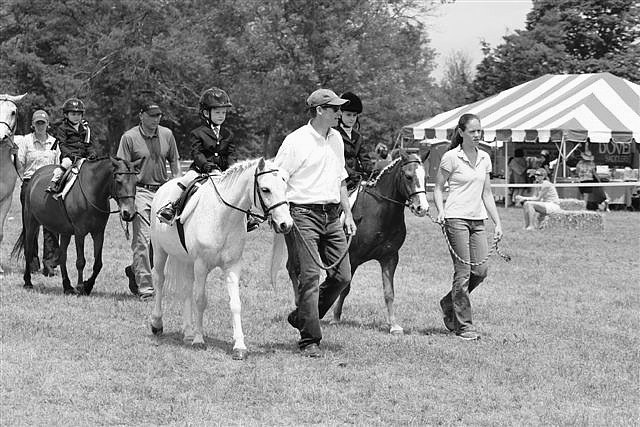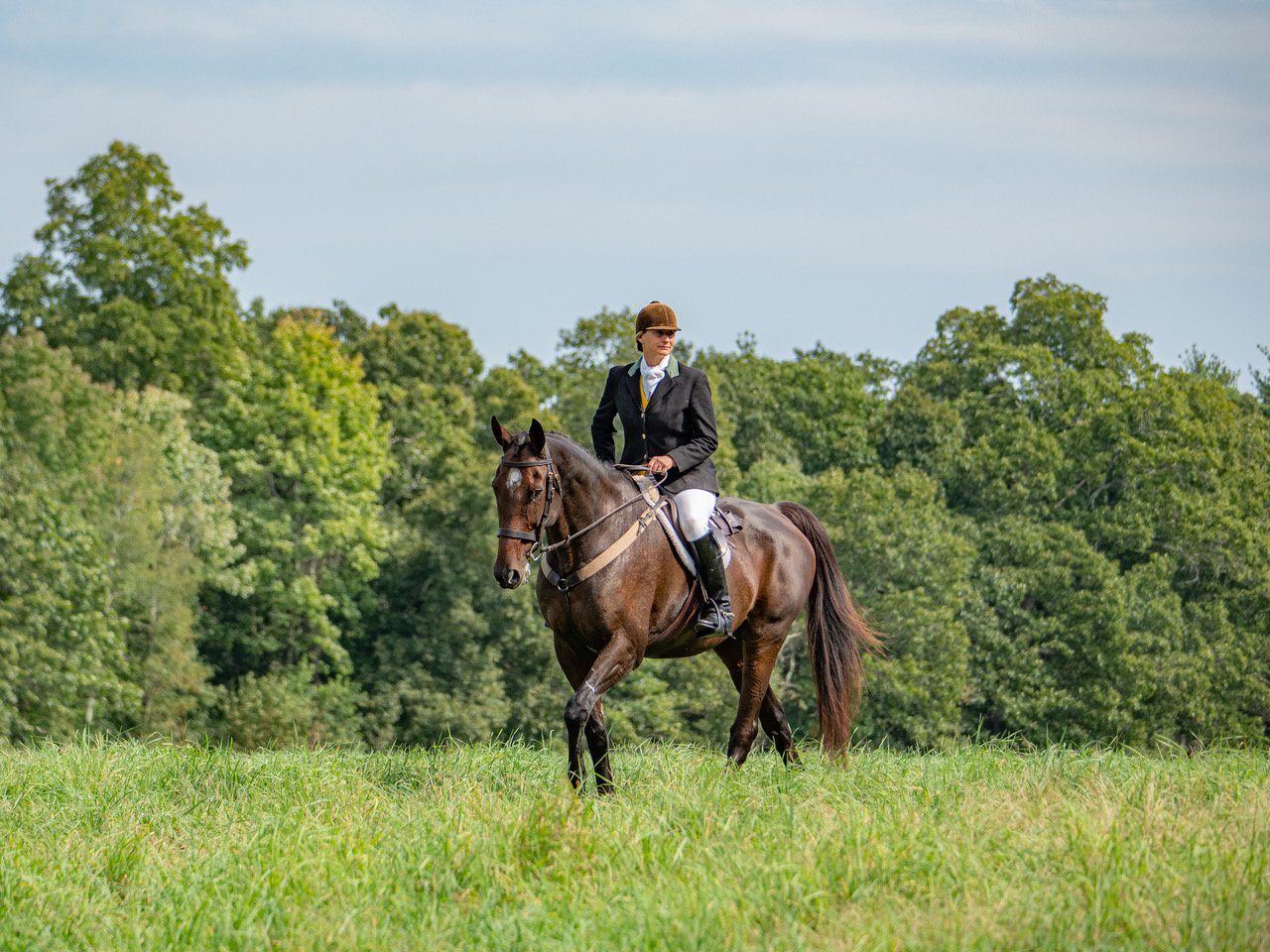About the Norfolk Hunt
Norfolk Hunt Territory ca. 1934 (click to enlarge)
The Norfolk kennels are the oldest kennels in America still in current use. Norfolk fox hunts over country that was opened to the Club through the kindness of landowners, some as long as 100 years ago. The majority of the land Norfolk hunts is located in the Charles River Watershed area (Dover, Medfield, Sherborn, South Natick, Millis, Walpole), as well as in Westport, South Dartmouth, Middleboro and Grafton, Massachusetts. Norfolk's hunting tradition continues today, through the generosity of current landowners. The support and understanding of the people who live in the towns in Norfolk's territory make it possible for the sport to continue and thrive.
Fox hunting is exhilarating and exciting: more than that fox hunting is a way of life. Everybody can participate - children, adults, both young and old. All that is needed is enthusiasm, love of the outdoors, and a horse. Without a horse, the action is still available: spectators can follow the Norfolk Hunt by car or on foot and enjoy the excitement of watching the horses and riders, seeing hounds and listening to their cry.
It takes a great deal of organization to run a successful drag hunt today. To approximate live fox hunting as closely as possible, a scent is laid by a human, "two-legged fox." The scent simulates the path of a live fox, dashing across pastures, circuiting through woodland, often doubling back in close terrain. Hounds on the trail enthusiastically voice the scent and search the terrain to regain the path if they go afield. Hounds slow up as they work out their line; and riders on horseback are able to enjoy a good gallop over fences.
The hounds are carefully trained by the Masters of the Foxhounds, Huntsman and hunt staff. Trained solely for drag hunting, the Norfolk pack of American Foxhounds are bred to produce puppies that perpetuate the best traits for drag hunting, keeping the Huntsman busy throughout the year.
The Field Master is in charge of the riders following the Hunt, so they may enjoy the maximum amount of sport without interfering with the hunting of the hounds. Volunteers are recruited to assist at road crossings to avoid accidents to hounds, horses and the traveling public. The Norfolk Hunt strives to maintain the countryside it uses to further interest in hunting, hounds and all horse sports. Norfolk contributes to the maintenance and protection of over 200 miles of trails and 300 jumps in its hunt country.
Each and evey member of the Norfolk Hunt extends special thanks to the landowners who so generously allow the Hunt through their property. Without the support of landowners, the Club could not carry on the tradition of the sport.
The Norfolk Hunt meets in the spring and fall, on Tuesday and Saturday mornings and some holidays. Hound schoolings take place on Thursdays.




